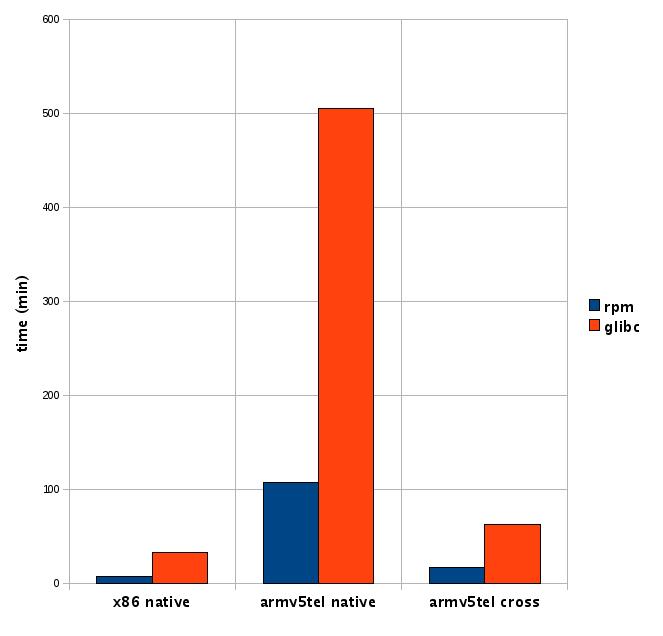Yes i did it. I made LXDE running on my new Android smartphoe, the latest HTC masterpiece, the HTC HERO. Here some shots:
That’s great! But there is a main problem here, I’m not running openSUSE with X11:lxde packages, but debian with their stuff. I cannot use my geeko because the phone is an ARM and our openSUSE@ARM looks to still be in an early development stage. This post wants to be a ping to or openSUSE@ARM project and of course some marketing to this great and light Desktop Enviroment. For people interested in, here some hardware infos:
# cat /proc/cpuinfo
Processor : ARMv6-compatible processor rev 2 (v6l)
BogoMIPS : 526.25
Features : swp half thumb fastmult edsp java
CPU implementer : 0x41
CPU architecture: 6TEJ
CPU variant : 0x1
CPU part : 0xb36
CPU revision : 2
Cache type : write-back
Cache clean : cp15 c7 ops
Cache lockdown : format C
Cache format : Harvard
I size : 32768
I assoc : 4
I line length : 32
I sets : 256
D size : 32768
D assoc : 4
D line length : 32
D sets : 256
Hardware : hero
Revision : 0080
Serial : 0000000000000000
# busybox free
total used free shared buffers
Mem: 197016 191024 5992 0 8
Swap: 0 0 0
Total: 197016 191024 5992


